More from the floor bore
I’m back! My month in off-grid heaven is over. The days of using the same tin mug for coffee, soup and wine is done. Jill asked if I’d had a revelation about the pointlessness of consumerism. The answer is… sort of. The day we got back to the mainland I got the fella to drive me to Glasgow Ikea, so I guess my relationship with buying things is still being worked out. There was a good reason for this however. I’m returning to a(n even more) dusty (than usual) house. While I’ve been away a man has sanded the floors and taken out the kitchen, so I have to make some decorating decisions fast! I might need your help.
The kitchen can wait for another day (a month of the Pot Noodle diet won’t do me any harm, surely) while I make some choices about what to do with the floors. The floorboards in the flat were covered with plaster, paint, sticky out nails and even bits of old lino (see pic below). Now they should be smooth and ready to do something with… but what? Previously I’ve painted floorboards but feel it might be a bit disrespectful to these old beauties. The ones on the lower floor at least are very wide – 22cm – which means they are original to the 1850 build date of the house.
Problem is, lino and nails aside, I really loved the dark brown colour accumulated on the boards over 170 years – you can see a bit of it on the lower boards above. The question is how to recreate it? I’ve been saving pictures of old Spitalfields houses that have the worn-look that I like. I definitely don’t want the boards to have that orangey or even walnut colour that says ‘London Victorian terrace.’ A certain roughness is fine by me (luckily) but whether a wood dye or a wax is the best way to get it I don’t know. Here are my inspirations…
I’m thinking Ebony wood dye from Rustins which I have used before (a very sorry saga which is making me nervous of making a wrong decision here – note to self: don’t have a house warming party 24 hours after ‘finishing’ a new floor. Again.). Do you have any other ideas of how I might achieve it? Any product suggestions to share? I’d absolutely love to hear them.
The other alternative of course is to go for the natural colour. This image above has been stuck on the wall in Margate for yonks, and the floors looks lovely and warm but also authentic. How do you think they’ve finished these boards? Natural wax? Goodness I’m confused. Help me out! And if you think this is boring, feel sympathy for Jill – she had to hear all this in person when she came to visit….
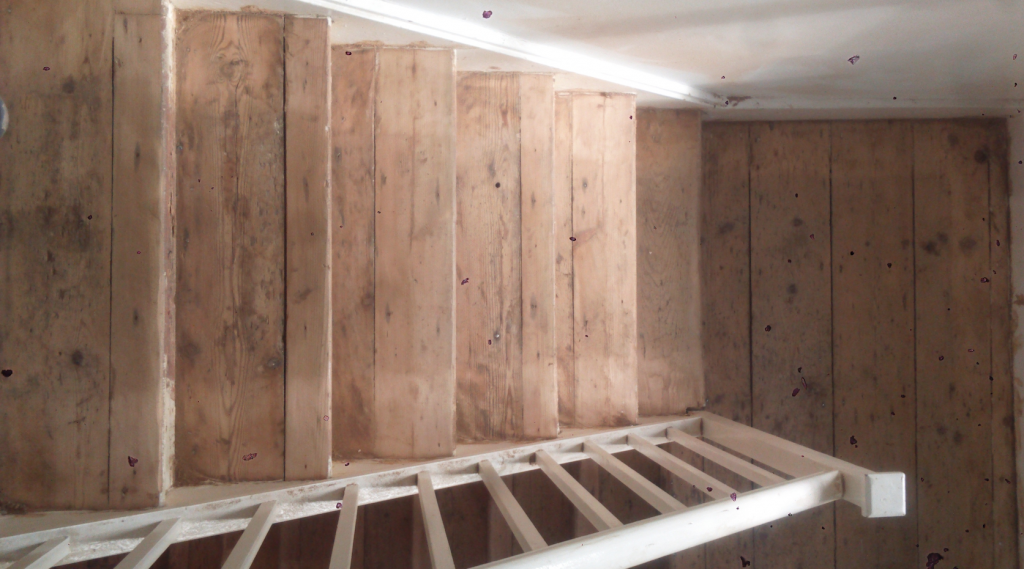
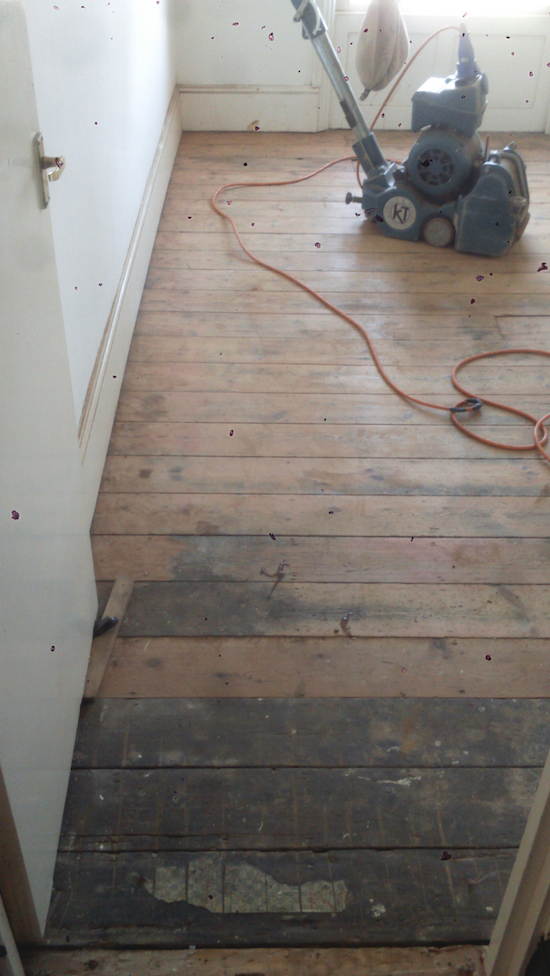
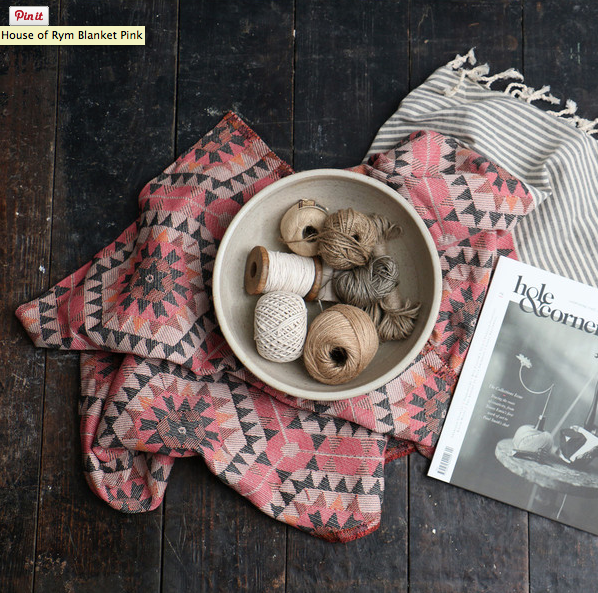
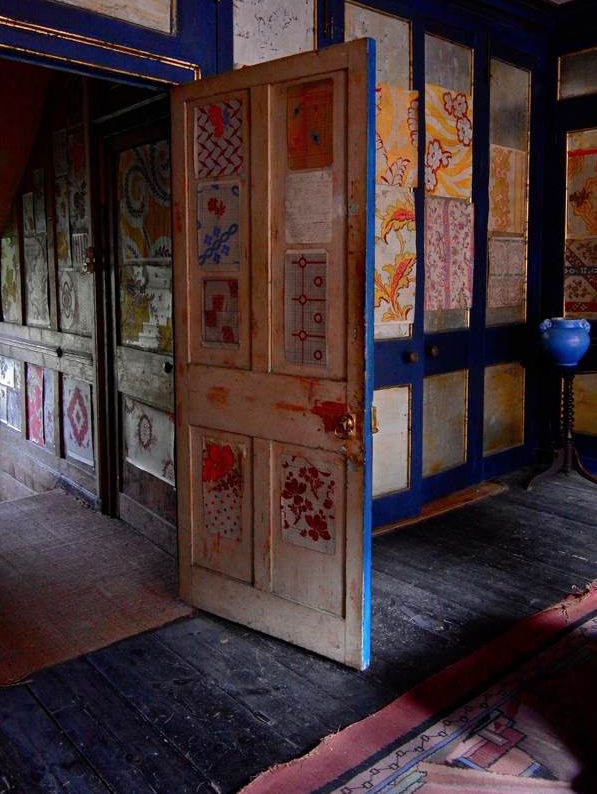
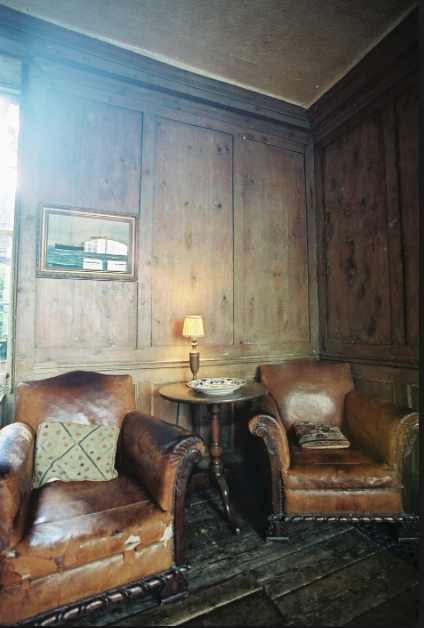
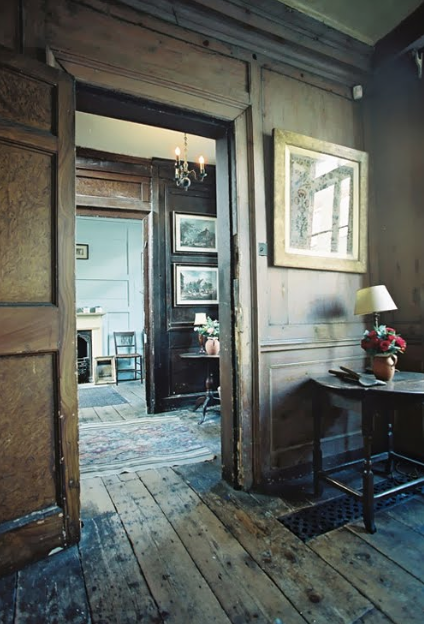
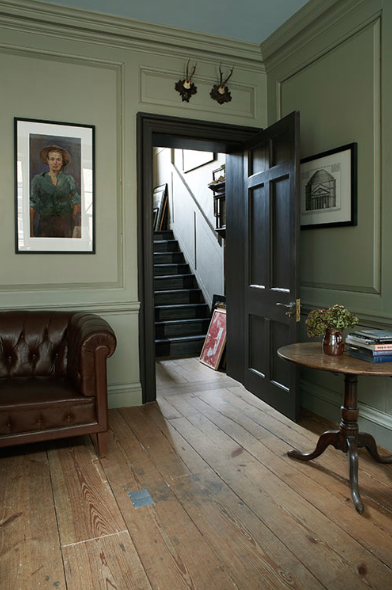
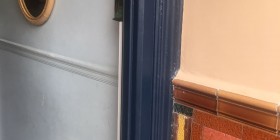
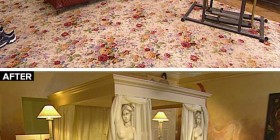
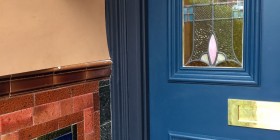
I’ve just done all the rooms in my house with different effects on the floor (forget about any continuity) as I’ve become a bit obsessed with the different stuff you can do to floorboards!
Osmo tints are really good – used Terra colour in my living room, which is dark and not orangey.
Used Amber in my oldest’s bedroom (very orange – yuk – guess the clue is in the name).
Have used Manns white floor stain, diluted 50:50 in my youngest’s room, covered with a clear hard oil – gives a nice limed effect.
Used the white Osmo tint in my bedroom – big mistake – it just looks like I’ve waxed the floor but forgotten to buff it.
And used Manns black stain in my lounge, covered with a clear gloss varnish. The nice thing about the Manns stains is that you can just water them down to get the effect you want, and you still see all the grain through it – even with the black stain.
And you thought you were a floor bore.
@svcbrose have you got any photos of the terra tints osmo room? I’m all sanded and was ready to use that oil but I’m having second thoughts (the builder said it would be “sacrilegious”). Also what top coat did you go for? I was thinking satin or semi matt. Many thanks!
I can send you a pic – not quite sure how best to do it. I went for a gloss finish, as partner likes his floors shiny (although it looks pretty matt due to neglect). I’ve also just done the kitchen floor in the Osmo graphite colour – it’s not so dark, but the grey really tones down orangey colours even more. I have a photo of it half done, so you can see the effect.
Osmo Polyx oil if you want them natural (and super matt). Just done it and looks great. We had Farrow & Ball nearly black painted on floors in old house and that looked great when they got knackered. Might be able to get dark brown effect with another colour from F&B (just be sloppy with application and only do one coat for instant weathered look).
I’m also tying to find out how to keep the weathered old look on my floorboards but without the centuries of scum that has accumulated… (House was built in 1810) so I will be watching your blog to find out how you do it. I think I have managed to keep the aged but clean look though in another room by using a water based poly-urethane varnish in a matt finish. I lightly sanded the boards and then painted that stuff on. (2coats) They look great! Good luck!
I think the patina of the dark floors over time gives the floor an appeal that only time, and tread will give you – so quite hard to achieve in an authentic way.
I’m a big fan of the last picture with a natural finish. I’ve a feeling it’s a hands and knee’s wax job, so dust off you’re inner scullery maid and get to work! Up side is that you won’t need to employ a sander to strip it down again everytine it wears out, just get the wax, soft cloth and knee pads out!!! X
I work as an architect, and my favourite I have used (and what I ended up using on my own home) was osmo polyx oil. The advantages are that a) it’s a natural product b) all you do is apply two coats, no middle sanding and c) the result is matte and soft and lovely and natural. I used it on a historic home that had fallen during a major earthquake, and whose component parts we used to recreate a new home. The floorboards were part of the original house, and with the polyx were one of the owners favourite aspects of the new home. Also, I agree with Carol.